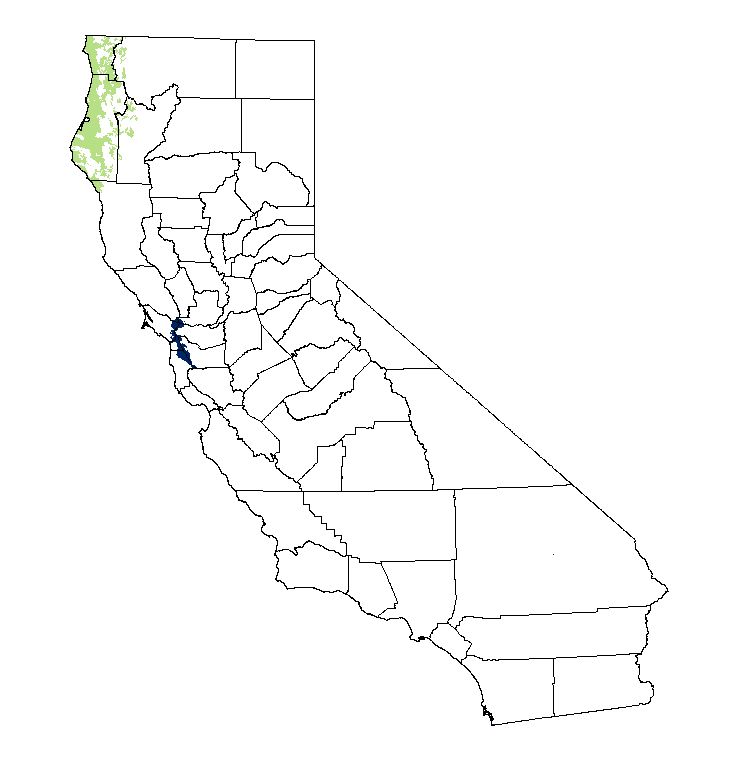
Home | About Us | Projects | Maps | Facts

Home | About Us | Projects | Maps | Facts
|
Cedar Waxwing (Bombycilla cedrorum) 
Have you ever seen a large group of small grayish brown birds descend on a berry bush and strip it of berries in just a few minutes? If so, you have probably seen a Waxwing before. Description: The Cedar Waxwing, found in large numbers across most of the United States and Southern Canada, is a bird of about 7 inches in length with gray and brown feathers and a yellow tip on itís tail. Young waxwings have streaks on their bellies. As they mature, they develop a dark, mask like area on their faces, and their bellies turn yellow.
Calls:
The Cedar Waxwing calls are very high pitched "bzeee" notes.
Click the range map to learn more about the distribution of the Cedar Waxwing in California. Diet: Waxwings are known to feed in large groups. They are frugivores, meaning they eat small fruits, and invertivores, meaning they eat invertebrates (typically in spring and summer when Waxwings eat small insects). They are also known to eat maple tree sap and flower petals. Groups of waxwings will strip a bush of cherries or mulberries in just a few minutes. If the berries are somewhat fermented, entire groups may become drunk and flop around on the ground until sober - typically about 45 minutes (Waxwings digest food very quickly). Nesting: They build their nests in shrubs or on branches of fruit or shade trees, typically 5 - 50 feet above the ground. They build bulky nests out of bark, leaves, grass, moss, and mud where female waxwings will lay 3 - 6 bluish gray eggs and incubate them for 12 -16 days. Once the eggs hatch, both the male and female birds will tend the young for 14 - 18 days, at which point the young birds will leave the nest. Migration: Waxwings travel in small groups or flocks, though in the winter (when Waxwings in Canada will move to the warmer climates of the northern United States) these groups may actually number in the thousands.
Animal silhouettes available to purchase » Photos: Natures Pics
|